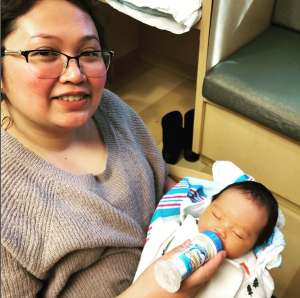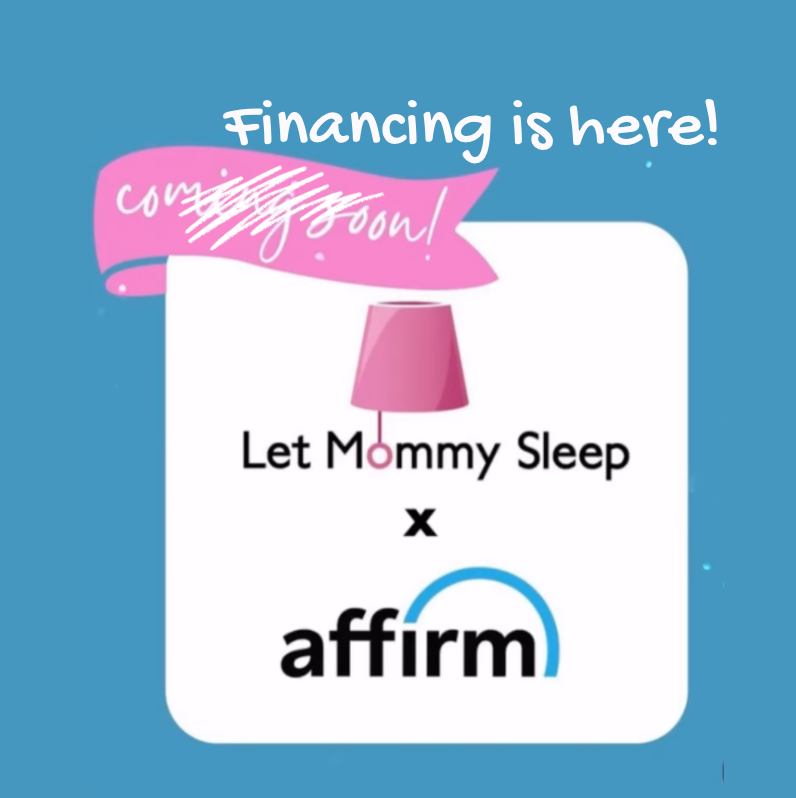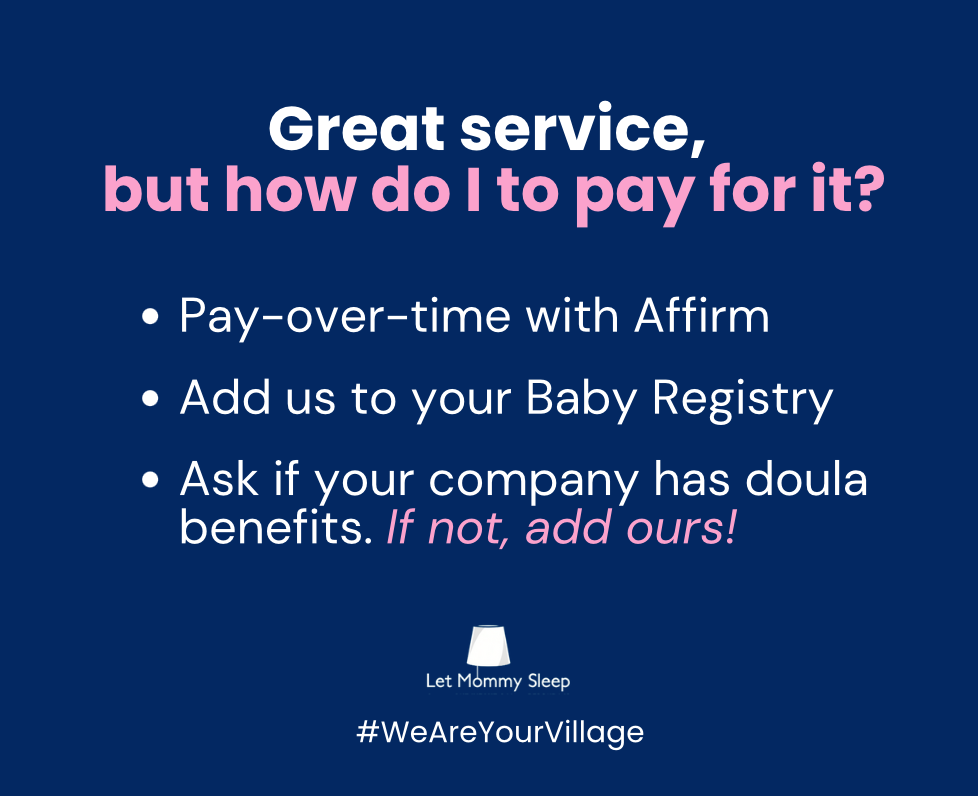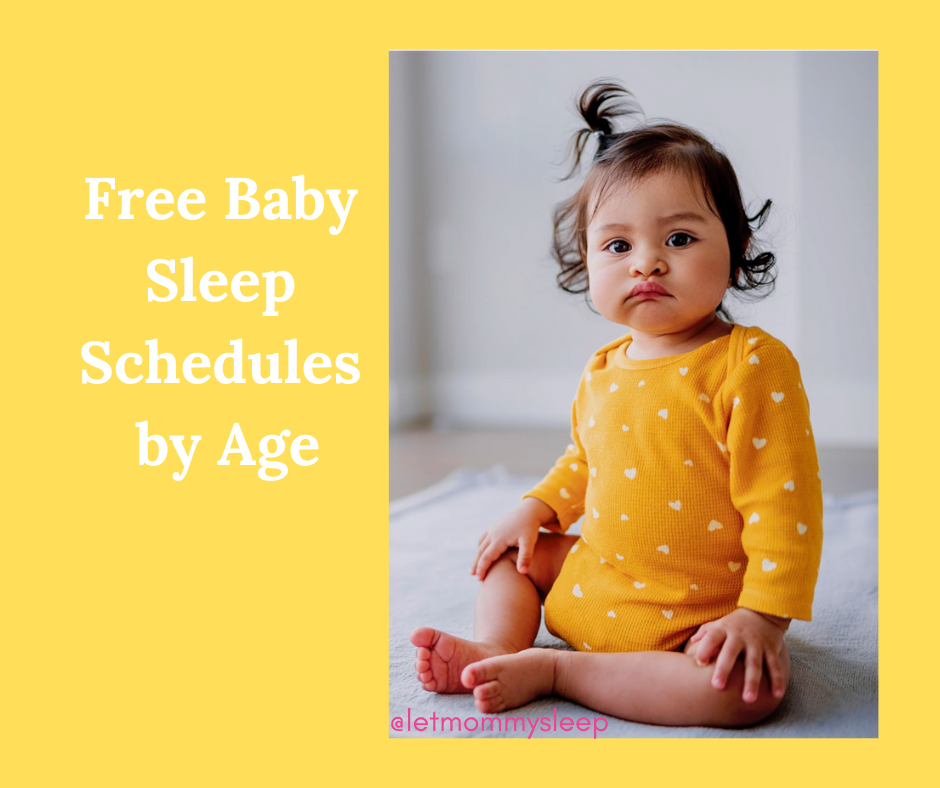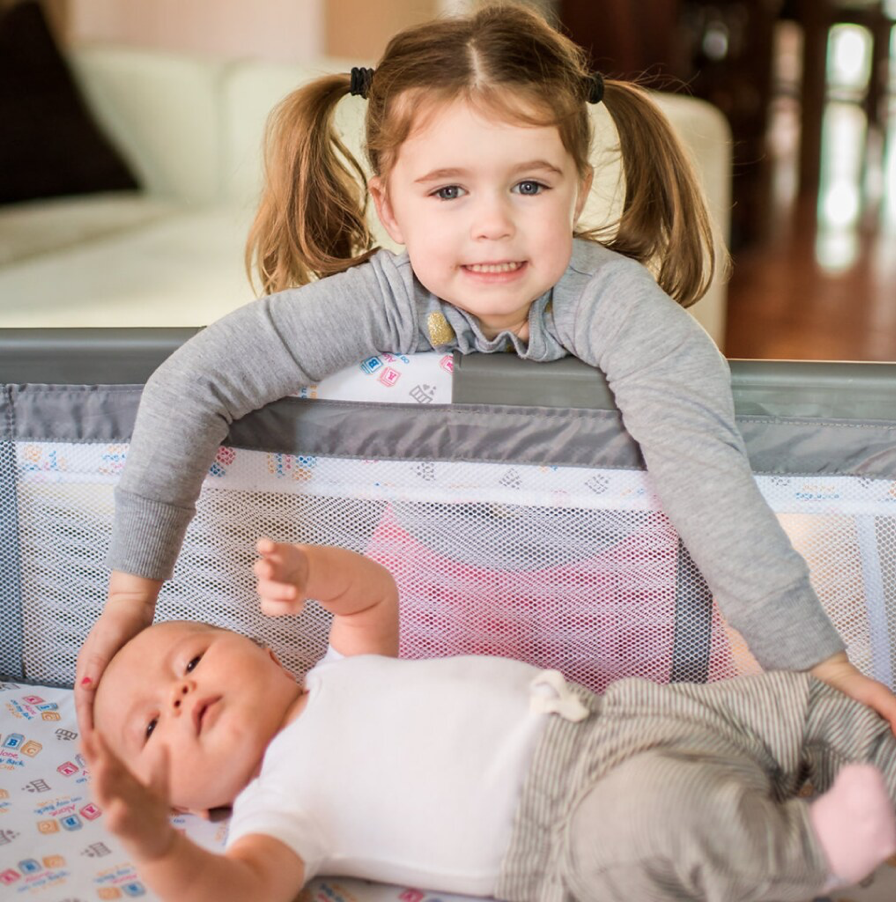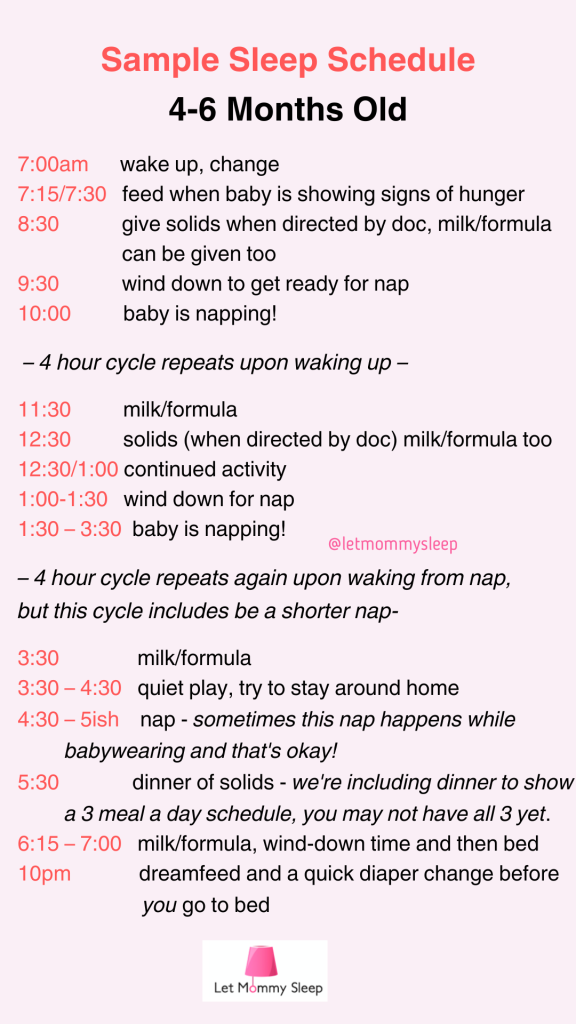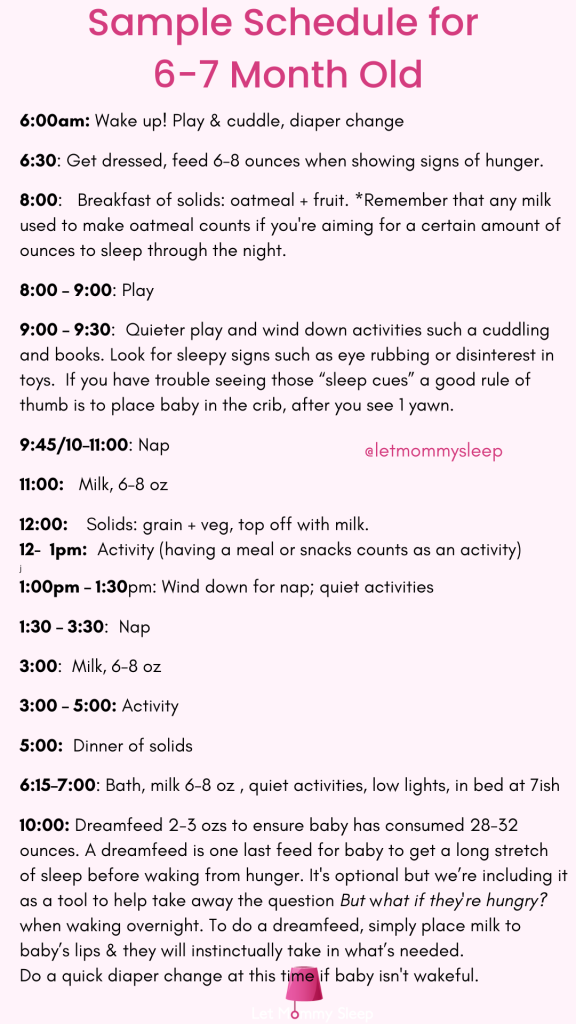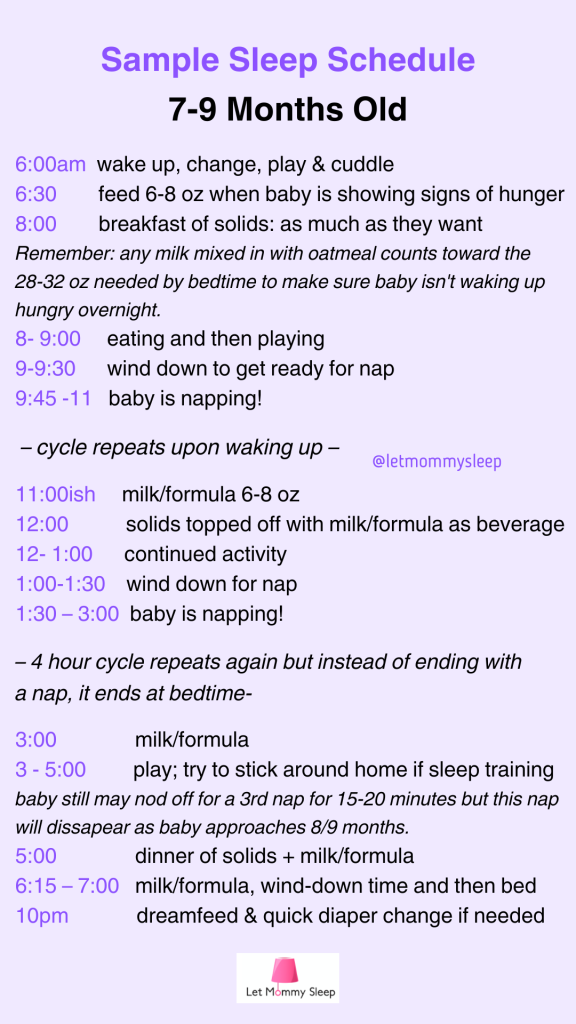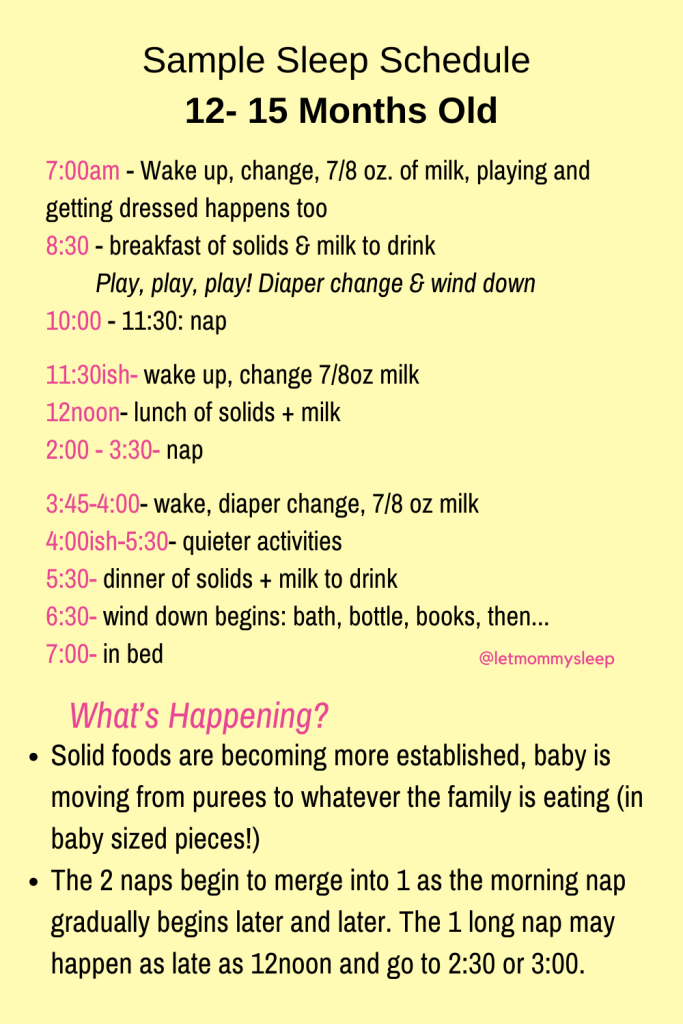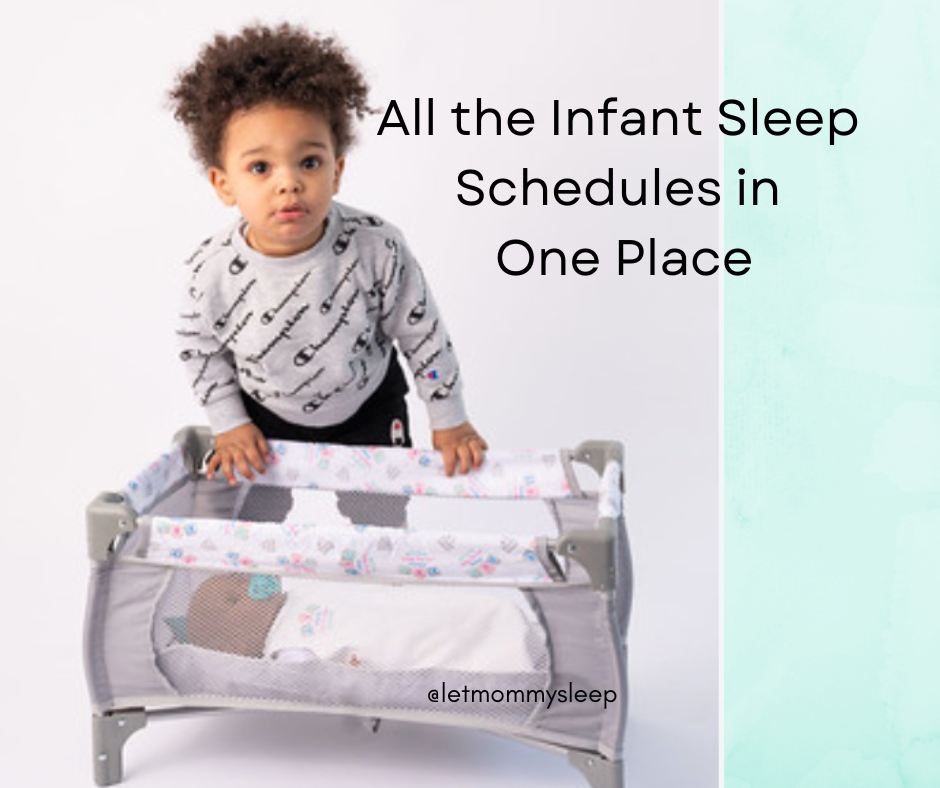In June 2022 the White House unveiled the Blueprint for Addressing the Maternal Health Crisis, which aims for better birth outcomes. Successes of the blueprint include expanded Medicaid postpartum coverage and increased access to care. One of the most powerful improvements however, is the Birthing-Friendly Hospital designation. This blog, Why You Want a Birthing Friendly Hospital delves into what Birthing-Friendly means and why it’s beneficial.
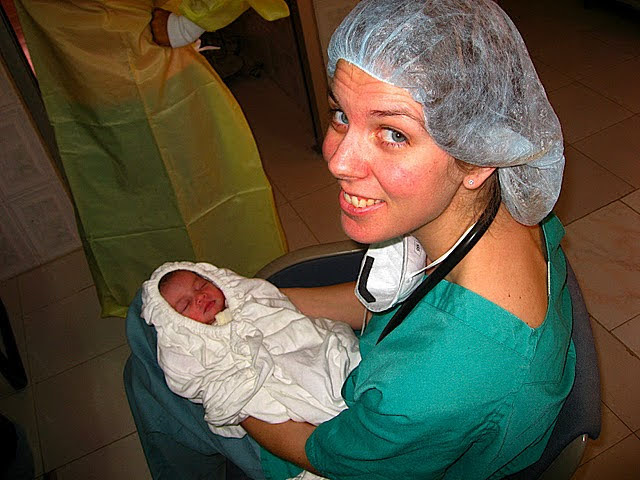
Why You Want a Birthing Friendly Hospital – the Facts
Over 80% of pregnancy deaths are preventable. And the rates of death for Black women are significantly higher than rates for White and Hispanic women. (CDC) To help address this, the Centers for Medicare & Medicaid Services (CMS) has implemented the Birthing Friendly Hospital designation.
From the CMS website: “Birthing-Friendly” is the first-ever CMS designation to describe high-quality maternity care. To earn the designation, hospitals and health systems:
- Participated in a statewide or national perinatal quality improvement collaborative program; and
- Implemented evidence-based quality interventions in hospital settings to improve maternal health.
Hospitals and health systems also continually report their progress the the CMS Hospital Inpatient Quality Reporting (IQR) Program.
Further, the designation as a Birthing Friendly Hospital involves meeting certain criteria that focus on patient-centered care, evidence-based practices, and equity. As CMS Administrator Chiquita Brooks-LaSure says: As maternal health inequities persist across the nation, the designation offers a tangible marker of the evidence-based practices that hospitals and health systems can pursue to close these gaps and ultimately provide the kind of care all expectant parents deserve.
- Evidence-Based Practices: Hospitals must implement evidence-based protocols for labor and delivery, including practices that are known to improve maternal outcomes and reduce complications.
- Equitable Care: Addressing disparities in maternal health outcomes by providing equitable access to care, particularly for marginalized and underserved communities. Additionally, this includes respectful and culturally competent care
- Continuous Improvement: Committing to ongoing quality improvement initiatives that monitor outcomes, address any disparities or issues identified, and strive for excellence in maternal health care delivery.
- Delivery Rooms: Fully stocked with life saving equipment for use during labor, delivery and postpartum. (VP Harris, July 10, 2024)
Click the Map to find a Birthing Friendly Hospital
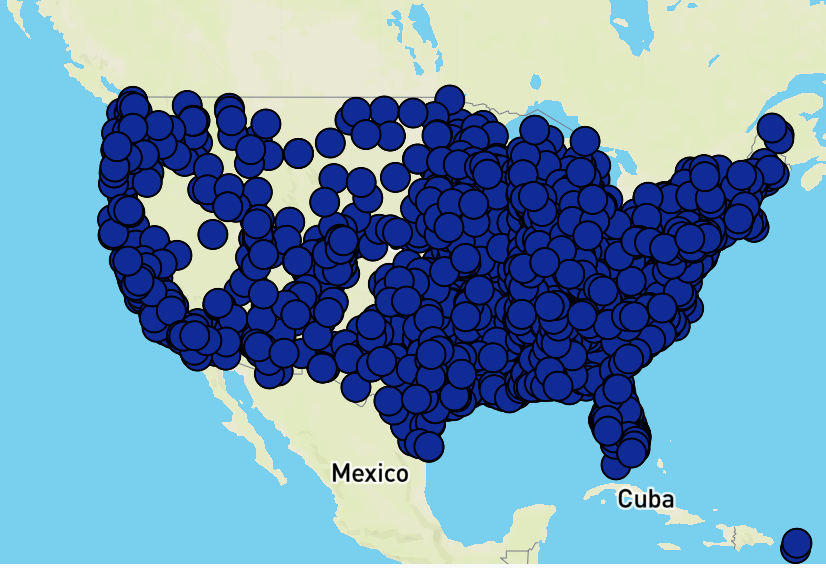
Postpartum Doulas and Newborn Care at Home
For help once parents arrive home with their newborns, postpartum check-ups are now covered by Medicaid in 44 states. On the other hand, families that do not participate in Medicaid, postpartum care is typically an out-of-pocket expense. However, there are options to make the cost of a night nanny or postpartum doula more manageable.
There is still more work to be done for better birth and postpartum outcomes, but expanded access and life-saving interventions are steps in the right direction. These are the reasons Why You Want a Birthing Friendly Hospital.

